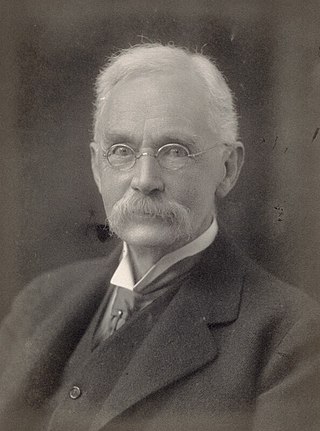
Thomas William Rhys Davids was an English scholar of the Pāli language and founder of the Pāli Text Society. He took an active part in founding the British Academy and London School for Oriental Studies.

The Kharoṣṭhī script, also known as the Gāndhārī script, was an ancient Indo-Iranian script used by various peoples from the north-western outskirts of the Indian subcontinent to Central Asia via Afghanistan. An abugida, it was introduced at least by the middle of the 3rd century BCE, possibly during the 4th century BCE, and remained in use until it died out in its homeland around the 3rd century CE.

Civaka Cintamani, also spelled as Jivaka Chintamani, is one of the five great Tamil epics. Authored by a Madurai-based Jain ascetic Tiruttakkatēvar in the early 10th century, the epic is a story of a prince who is the perfect master of all arts, perfect warrior and perfect lover with numerous wives. The Civaka Cintamani is also called the Mana Nool. The epic is organized into 13 cantos and contains 3,145 quatrains in viruttam poetic meter. Its Jain author is credited with 2,700 of these quatrains, the rest by his guru and another anonymous author.

The Royal Asiatic Society of Great Britain and Ireland, commonly known as the Royal Asiatic Society, was established, according to its royal charter of 11 August 1824, to further "the investigation of subjects connected with and for the encouragement of science, literature and the arts in relation to Asia." From its incorporation the society has been a forum, through lectures, its journal, and other publications, for scholarship relating to Asian culture and society of the highest level. It is the United Kingdom's senior learned society in the field of Asian studies. Fellows of the society are elected regularly and include highly accomplished and notable scholars of Asian studies; they use the post-nominal letters FRAS.
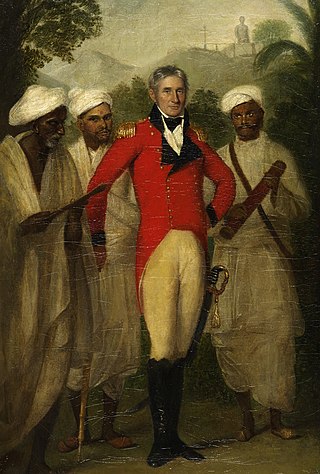
Colonel Colin Mackenzie was Scottish army officer in the British East India Company who later became the first Surveyor General of India. He was a collector of antiquities and an orientalist. He surveyed southern India, making use of local interpreters and scholars to study religion, oral histories, inscriptions and other evidence, initially out of personal interest, and later as a surveyor. He was ordered to survey the Mysore region shortly after the British victory over Tipu Sultan in 1799 and produced the first maps of the region along with illustrations of the landscape and notes on archaeological landmarks. His collections consisting of thousands of manuscripts, inscriptions, translations, coins and paintings, which were acquired after his death by the India Office Library and are an important source for the study of Indian history. He was awarded a Companion of the Order of the Bath on 4 June 1815.

Lieutenant-Colonel James Tod was an officer of the British East India Company and an Oriental scholar. He combined his official role and his amateur interests to create a series of works about the history and geography of India, and in particular the area then known as Rajputana that corresponds to the present day state of Rajasthan, and which Tod referred to as Rajast'han.

Rajuvula was an Indo-Scythian Great Satrap (Mahākṣatrapa), one of the "Northern Satraps" who ruled in the area of Mathura in the northern Indian Subcontinent in the years around 10 CE. The Mathura lion capital was consecrated under the reign of Rajuvula. In central India, the Indo-Scythians had conquered the area of Mathura from Indian kings around 60 BCE. Some of their satraps were Hagamasha and Hagana, who were in turn followed by Rajuvula.

Panchamrita is a mixture of five foods used in Hindu as well as Jain worship and puja and Abhiṣeka It is often used as an offering during pooja post which it is distributed as prasad.

Arta was the elder brother of the well known Gandhara ruler Maues or Moga.

Robert Chalmers, 1st Baron Chalmers, was a British civil servant, and a Pali and Buddhist scholar. In later life, he served as the Master of Peterhouse, Cambridge.

Vincent Arthur Smith, CIE, was an Irish Indologist, historian, member of the Indian Civil Service, and curator. He was one of the prominent figures in Indian historiography during the British Raj.
The Journal of the Royal Asiatic Society is an academic journal which publishes articles on the history, archaeology, literature, language, religion and art of South Asia, the Middle East, Central Asia, East Asia and South-East Asia. It has been published by the Royal Asiatic Society of Great Britain and Ireland since 1834.
Tirahi is a nearly extinct if not already extinct Indo-Aryan language spoken in a few villages in the southeast of Jalalabad in the Nangarhar Province of eastern Afghanistan. It is spoken by older adults, who are likewise fluent in Pashto.
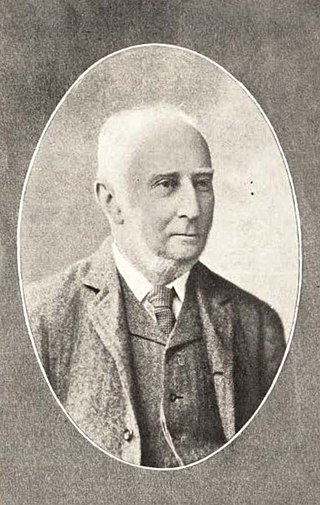
Charles Henry Tawney was an English educator and scholar, primarily known for his translations of Sanskrit classics into English. He was fluent in German, Latin, and Greek; and in India also acquired Sanskrit, Hindi, Urdu, and Persian.
John Staples Harriott (1780–1839) was a British army officer stationed in India, in the service of the East India Company. He came to acquire the Jami' al-tawarikh in its original manuscript. In his studies of the Roma people, he made an identification with a legend of Bahram Gur and the Luri to support a Romani presence in Sasanid Persia, now considered to be an unjustified and uncritical deduction that has persisted.
Saumitra Rawat is an Indian surgical gastroenterologist and the head of Surgical Gastroenterology and Liver Transplant at Sir Ganga Ram Hospital, New Delhi. The Government of India honoured him in 2015 with the award of Padma Shri.

Kamal Basadi is a Jain temple located inside Belgaum Fort in city of Belgaum, Karnataka.

The Ahichchhatra Jain temples is a group of Jain temples in Ahichchhatra village in Aonla tehsil of Bareilly district in Uttar Pradesh, North India. Ahichchhatra is believed to be the place where Parshvanatha, the 23rd Tirthankar of Jainism, attained Kevala Jnana.
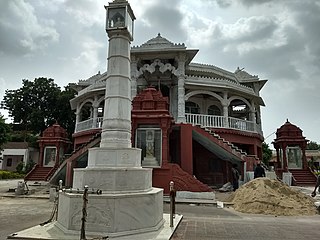
Bijolia Parshvanath Temple or Tapodaya Teerth Kshetra is a Jain pilgrimage center located in Bijolia town in Bhilwara district of Rajasthan.
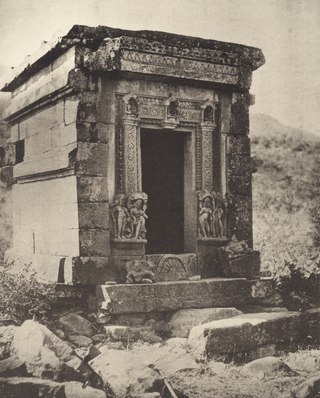
Pataini temple or Pataini devi temple is a 5th century Jain temple located near Unchehara town in the state of Madhya Pradesh. The temple was constructed during the reign of Gupta Empire.
















